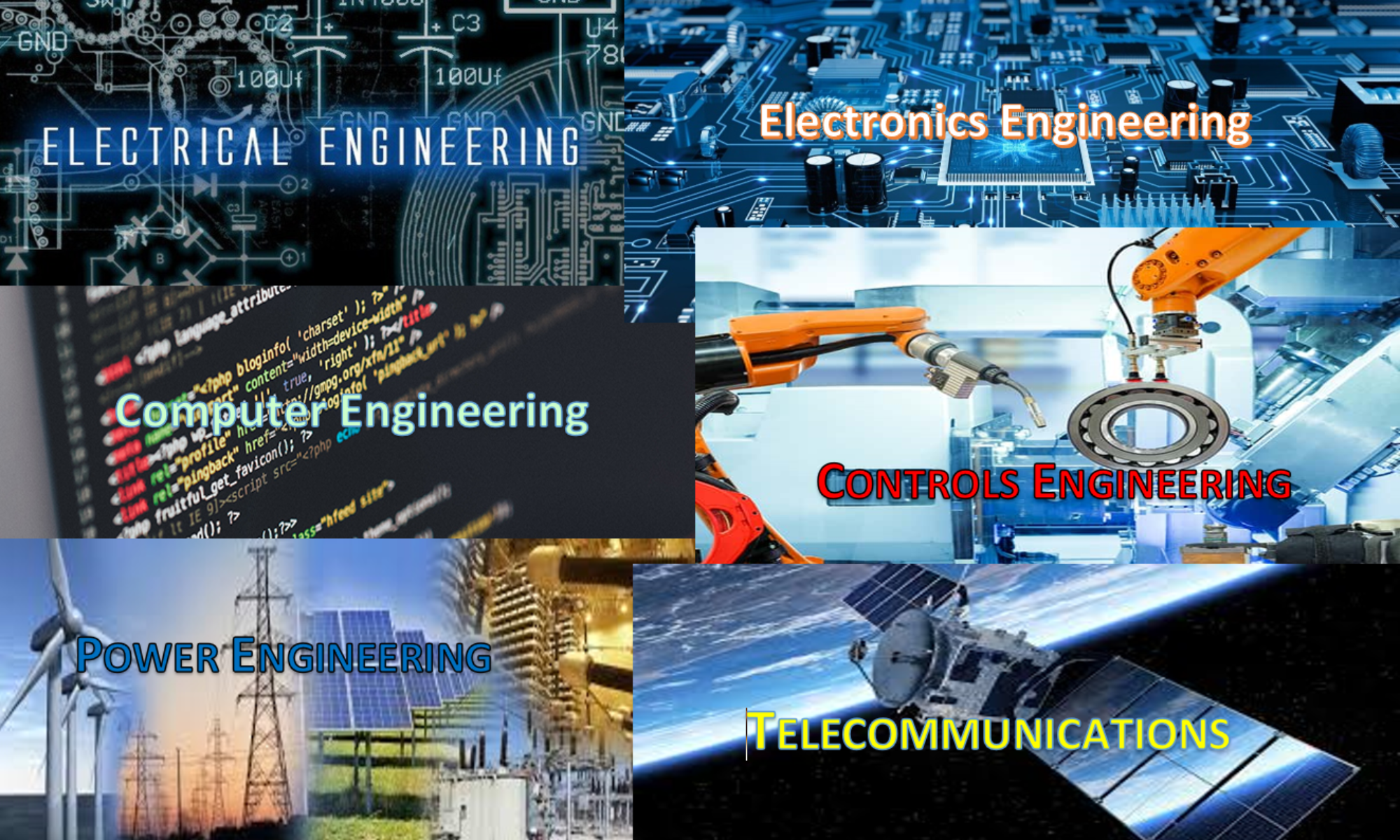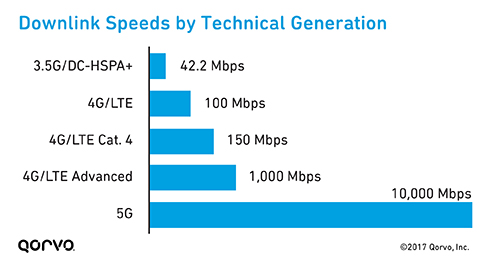Forbes – Managing Director of Technology at Health2047 with a comprehensive understanding of the digital transformation of health care IT. We should be outraged and deserve better.
In late October of this year, a joint cybersecurity advisory from the U.S. Cybersecurity and Infrastructure Security Agency (CISA), the Federal Bureau of Investigation (FBI), and the Department of Health and Human Services (HHS) warned of an uptick in ransomware activity targeting the healthcare and public health (HPH) sector, specifically hospitals and healthcare providers.
The advisory came just over a month after reports out of Germany documented the first patient death directly tied to a hospital ransomware attack. That’s right: The healthcare cybersecurity situation has now become a matter of life and death.
Healthcare cybercrime such as ransomware is especially egregious during a pandemic, as illustrated by Bitdefender data (via Security Boulevard). But it is now sadly all too commonplace. Also far too commonplace is the seeming inattention and inaction in the face of rising threats.





